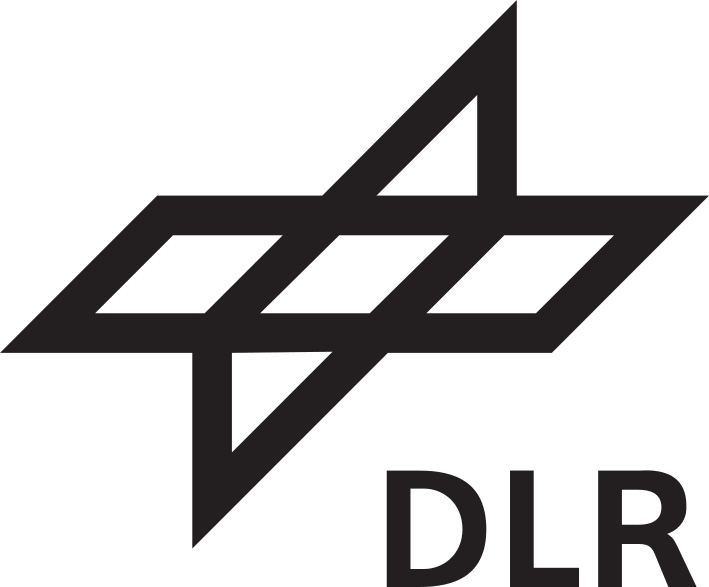Who we are
Eclipse MOSAIC is maintained and developed by
various people from different groups.
The Fraunhofer Institute for Open Communication Systems (FOKUS) is the leading group behind the simulation framework Eclipse MOSAIC, which has now been developed over the last 15 years in close cooperation with the DCAITI of the TU Berlin and has already been used by more than 600 partners and researches to test smart mobility services and intelligent traffic scenarios.
The Daimler Center for Automotive IT Innovations (DCAITI) was founded in 2006 as a joint initiative of Daimler AG and the Technical University of Berlin. The DCAITI uses Eclipse MOSAIC since many years for various research projects in the field of automated and connected driving. Together with the TU Berlin students gain practical experience in software development by using and extending this simulation framework and models.
The openMobility Interest Group was founded to support the development and broad introduction of open source mobility modeling and simulation technologies. The aim of the Interest Group is to deliver a openMobility framework of tools based on validated models, which are accepted as standard tools in industry applications and academia. Eclipse MOSAIC is one part of the broad range of tools developed in this group.



















